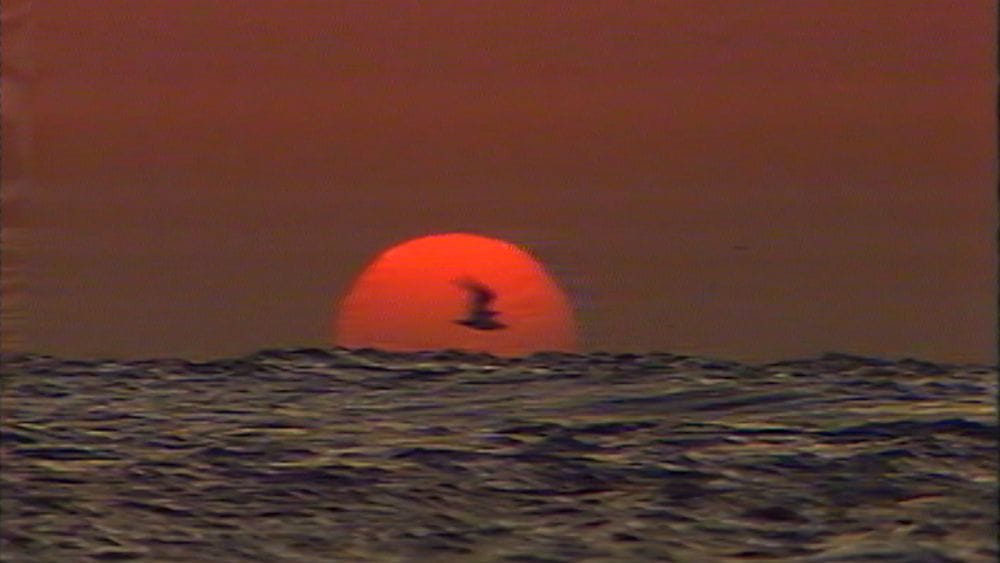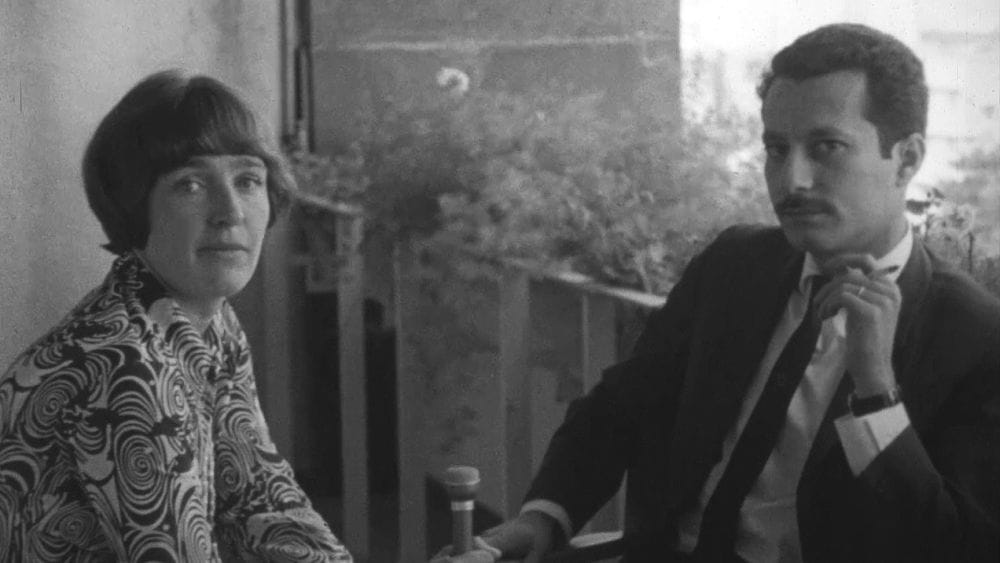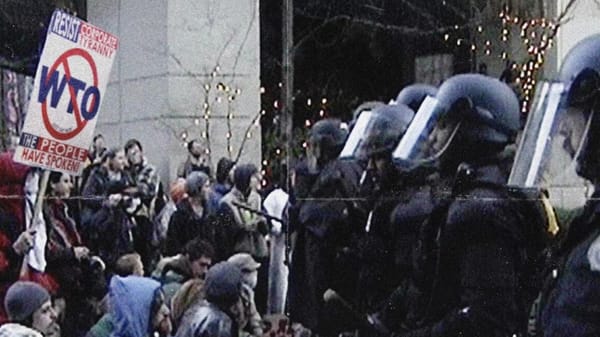Melbourne International Film Festival: Israel Palestine on Swedish TV 1958–1989 (dir. Göran Olsson)

Göran Olsson’s latest documentary, the expansive Israel Palestine on Swedish TV 1958–1989, does not directly reference the news of today. But it does sit in the shadow of it. It would be impossible not to. Names that are now so integral to the conversation on a daily basis are entirely absent. Events that were perhaps once considered geopolitical incidents worthy of global condemnation (Henry Kissinger: woke for Palestine) are now everyday occurrences that go more-or-less ignored or dismissed on a daily basis by mainstream media and politicians eager for whatever bounties Israel offer them in gratitude. It’s a film that shines a light on the absurdity of war today by focusing on that of the past, several generations removed. How little things have changed. How tragically they have devolved.
Olsson is Swedish and therefore has an obvious natural in with the material he has chosen to present: three decades of public Swedish television news reports covering the ongoing war between the Israeli government and the Palestinian people. As the title suggests, this material begins with the premiere of SVT’s nightly news program Aktuellt in 1958 and concludes in 1989. That extra year proves important once you see it. It shows a nation that appears to be more engaged with the issue than one may naturally assume. Largely covering prime-time news reports (Rapport, one of the other recurring sources in the doc, began in 1969), children’s news programming (a bit like Behind the News, perhaps?), and general SVT archival news content, I certainly can’t imagine it would be possible for such a documentary to be made about Australian television. But also, in the grand scheme of things, 200 minutes isn’t really all that much. One would hope there’s 200 minutes of coverage on a near 70-year subject, but likely not this well reported. Maybe I just don’t have as much faith in our institutions as they would like us to have.
It's interesting to consider the structure of Olsson’s film. It is essentially just a collection of stitched together news reports in (mostly) chronological order with a few montages thrown in built around significent events. Each new piece of reporting is introduced with a on-screen title card and verbal introduction informing the viewer of the program, the producer and on-air journalist (if there is one) and the subject of the reporting. It also mentions the format with which it was shot. The documentary therefore works as not just three hours and 20 minutes of how the Israel-Palestine story has evolved, but how news reporting has evolved, as well. Despite SVT’s neutrality, one can see a shift in how these stories are described in the diegetic narration of the time as well as the questions that get asked and what the reporters choose to show. On-screen blood and violence grow increasingly common; stories about the execution of children and the massacre of Palestinians become more and more damning of Israel and its military (albeit not outrightly). Similarly, as footage progresses from 16mm, oftentimes black and white, to colour video tape, our own perceptions begin to change. It almost happens without notice, but it no doubt makes a major impression on the viewer in how much harder it becomes to ignore this or that on screen.
An introductory quote suggests that archives cannot tell us what happened, but more how it was presented to society. That’s an appropriate reminder for all such films, but especially so here.
The structure also allows for Olsson to present his film, at least in some sort of theoretical manner, as unbiased. It is presented as without editorialising. I don’t know how true that is, considering he and editor Britta Norell had to edit down thousands of hours of material. What news reports did they include versus those that they did not. Of those that were selected, what was cut out and what was left in? It’s probably impossible to really know and therefore have to admit that there is some sort of editorial agenda. I suspect, but don’t take my word entirely on this, but in choosing the material that they have, Israel Palestine really does do its best job of shifting a spotlight onto how effectively the governments of Israel have successfully hoodwinked the world into believing its self-imposed position as the put-upon paradise besieged by the scary brown people. At some point in the movie (probably around the time of the Six Day War), the incredulousness with which Israel conducts themselves becomes blatantly obviously genocidal. The language changes and the rhetoric sets in. Having the right to defend themselves comes into play as does much of the rest of the words and phrases that we still hear today. They’ll have babies and become the majority! They come as close to parroting Hitler and Goebbels as they possibly can.s
What’s fascinating are the dissenting voices. Just like today, there are plenty of Jewish individuals to be found within the 31 years of its scope who criticise the successive governments that have led to where they are in the film at any given time, but also warn about what a continued escalation would achieve in the long run. I wonder if they would have expected what is happening now, with its rapid ethnic cleansing policies. Maybe that’s for the sequel (1990–202…5?).
An introductory quote suggests that archives cannot tell us what happened, but more how it was presented to society. That’s an appropriate reminder for all such films, but especially so here. There is obviously much more to the story than can fit into 200 minutes. I honestly don’t know if the makers could include more without threatening to frighten even the most ambitious of film festival attendees. But to that thought, it’s worth noting that the government of Israel don’t seem to have pretended for a single day what they think and feel. I mean, there really isn’t much of a way around quotes like calling the invasion of the Sinai Peninsula as a “short and glorious war” to television news cameras. Among many other instances.

Towards its end, there is a 30-second moment of silence from SVT for then viewers of Swedish television. It is set to the picturesque image of a blazing red sun setting over the cool, crisp blues of the Mediterranean Sea, waves crashing on the soundtrack. The “golden hour” as described by the Gaza-bound subject of Sepideh Farsi’s Put Your Soul on Your Hand and Walk, also screening at this year’s Melbourne International Film Festival. It’s plays as a rare moment of stillness for Olsson and works as a moment of silence for us, the viewer, too. Even if we have been sitting in (perhaps stunned, perhaps resigned) silence for three hours by that stage, it’s worthwhile to be able to stop and reconvene. Maybe it was hokey at the time, and maybe it’s hokey now, but I appreciated it nonetheless.
200 minutes is a lot of time to sit with violence and terror to then step outside and be bombarded with it once more in real time. For some it will be too long and that’s fair. But this isn’t some mere documentary about a long-gone conflict that time has healed over and, gee, wasn’t it a crazy time that we all thankfully learned a strong lesson from? No, it is still very much a real, continuing thing that we must confront and engage with lest we become the very people that they make scornful documentaries about in the future.
If you would like to support documentary and non-fiction film criticism, please consider donating by clicking the above link. Any help allows me to continue to do this, supports independent writing that is free of Artificial Intelligence, and is done purely for the love of it.



